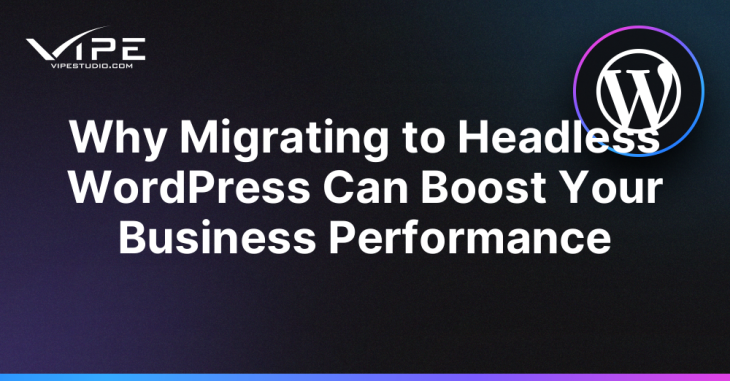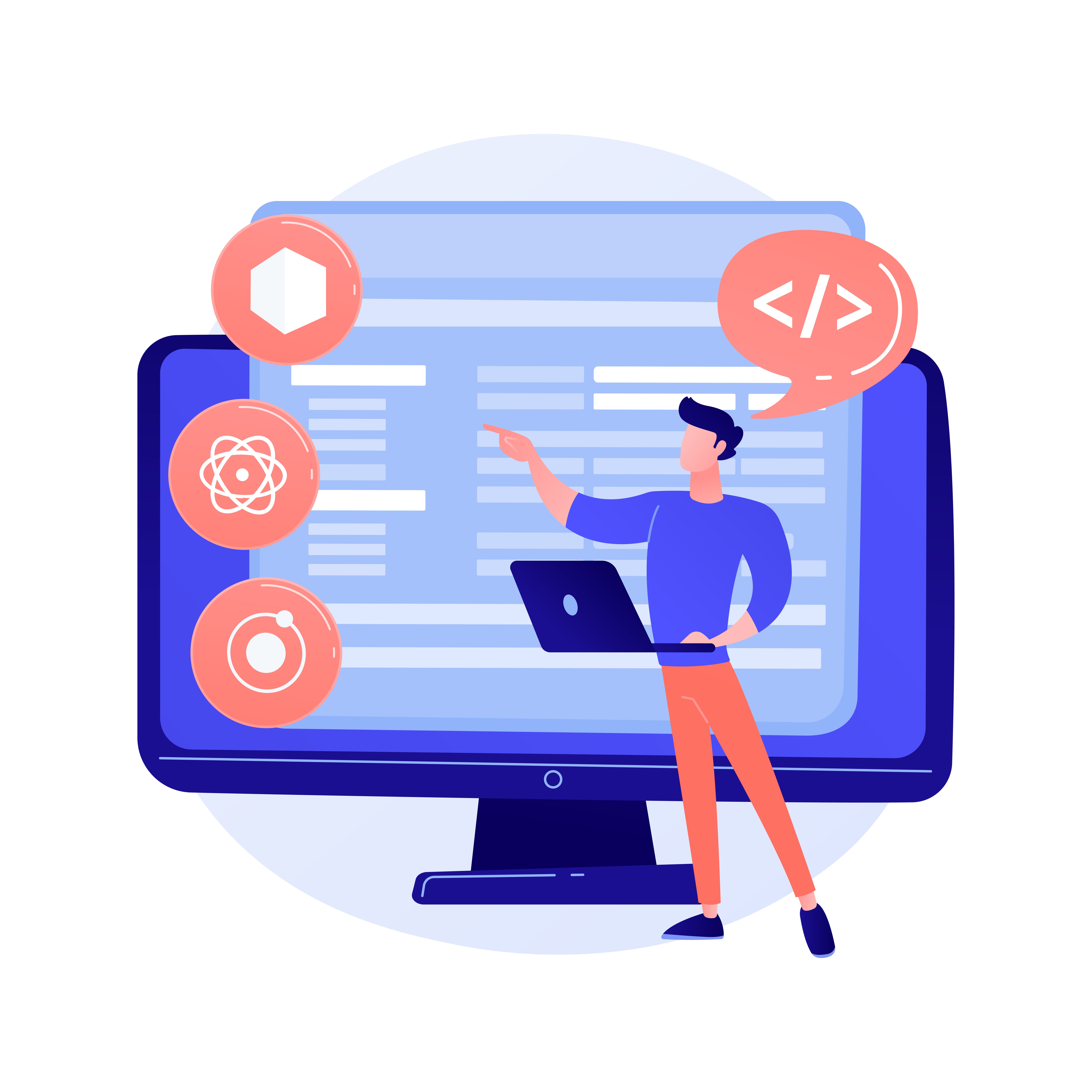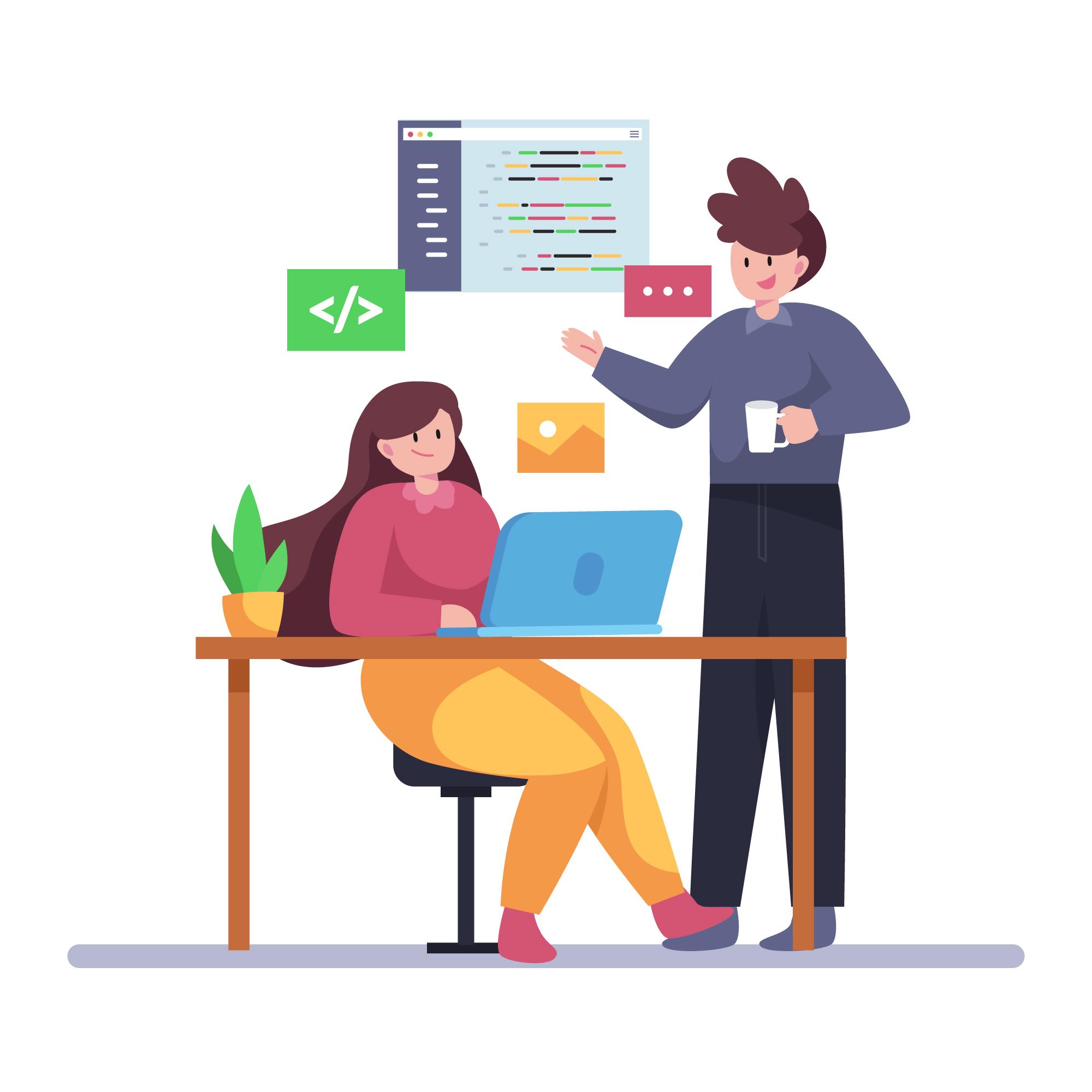Why Migrating to Headless WordPress Can Boost Your Business Performance

READING TIME: MIN
Introduction to Headless WordPress
In the world of web development, “headless” is becoming a buzzword, especially for businesses seeking to elevate their digital presence. But what exactly is Headless WordPress, and why is it the go-to solution for modern businesses? In this article, we’ll explore the benefits of migrating to Headless WordPress, the process involved, and how it can take your business’s online performance to the next level.
What is Headless WordPress?
Traditional WordPress is a “monolithic” CMS, meaning it includes both the front-end (what users see) and the back-end (the content management system) in a single package. In contrast, Headless WordPress separates the two, allowing the front-end and back-end to function independently. The “head” in headless refers to the front-end or the user interface, which is decoupled from the WordPress back-end, enabling the use of any technology or platform for displaying content.
This separation of concerns provides greater flexibility, allowing businesses to deliver content across multiple platforms (websites, mobile apps, IoT devices, etc.) while still using WordPress as the content management system.

Why Migrate to Headless WordPress?
There are several compelling reasons why businesses are opting for Headless WordPress. Below are some of the key benefits that make it an attractive choice for modern digital experiences:
- Faster Performance: One of the primary advantages of a headless setup is enhanced performance. By decoupling the back-end and front-end, the front-end can be optimized separately, resulting in faster load times and better performance. This is especially important for businesses that need to provide a seamless user experience across different devices and platforms.
- Multi-Platform Content Delivery: A headless CMS allows you to use a single back-end system to deliver content across various channels such as websites, mobile apps, and even smart devices. This omnichannel approach ensures consistency in your content and messaging, enhancing user experience and engagement.
- Increased Flexibility and Customization: With Headless WordPress, you’re not restricted to using WordPress themes or templates. You have complete freedom to use any front-end technology (e.g., React, Angular, Vue.js) to create a highly customized and dynamic user interface. This enables you to implement unique design and functionality tailored to your brand.
- Improved Scalability: As your business grows, scalability becomes crucial. A headless architecture makes it easier to scale your website or application because the back-end and front-end are managed separately. The back-end can handle large amounts of content while the front-end remains responsive and optimized for performance.
- Enhanced Security: Since the back-end (WordPress admin panel) and the front-end (user interface) are separated, there’s a reduced risk of security breaches. The decoupled nature of headless WordPress minimizes the attack surface, making it harder for hackers to exploit vulnerabilities in the system.
The Process of Migrating to Headless WordPress
While migrating to Headless WordPress offers numerous benefits, it’s essential to understand that the process can be complex. Here’s a step-by-step guide to migrating your website:
- Evaluate Your Needs: Before making the move to Headless WordPress, it’s crucial to assess whether this solution aligns with your business goals. If you’re looking to deliver content across multiple platforms or need more flexibility with your front-end, then headless architecture is a good fit.
- Select a Front-End Technology: The next step is to choose a front-end technology (such as React, Angular, or Vue.js). This decision depends on your team’s expertise and the user experience you wish to provide. Each framework offers different advantages, so it’s important to pick one that best suits your project.
- Set Up WordPress as the Headless Back-End: In this phase, WordPress will serve as the content management system (CMS) for your website. The headless back-end will handle tasks like content creation, updates, and organization. You’ll need to configure WordPress to work with APIs to deliver content to the front-end.
- Develop the Front-End: Once WordPress is set up as the back-end, the next step is to develop the front-end. This is where the front-end framework you selected comes into play. The front-end will request content from the back-end via APIs and present it to users in an attractive, user-friendly manner.
- Integrate and Test: Once the back-end and front-end are integrated, thorough testing is essential. This ensures that your website is functioning as expected and is delivering content accurately across various devices and platforms.
- Launch: After successful testing, you can launch your new headless WordPress website. The transition should be smooth, with minimal downtime for your users. It’s crucial to monitor the site post-launch to ensure everything is working as expected.
Challenges to Consider
Although migrating to Headless WordPress offers many benefits, there are also some challenges to consider:

- Complexity: Headless development is more complex than traditional WordPress development. It requires expertise in both the back-end (WordPress) and front-end (JavaScript frameworks). You may need to hire a skilled development team to handle the technical aspects of the migration.
- Cost: The cost of migrating to a headless architecture can be higher than using a traditional WordPress setup. This is due to the increased development time and the need for specialized skills. However, the long-term benefits can outweigh the initial investment.
- Content Management Complexity: While WordPress remains an excellent CMS, managing content in a headless setup can be slightly more complicated compared to the traditional monolithic WordPress approach. You’ll need to train your team to manage content through the back-end API.
Conclusion
Headless WordPress offers businesses the flexibility, scalability, and performance necessary to meet the demands of modern web development. It’s an ideal solution for companies looking to deliver content across multiple platforms, enhance their website’s performance, and future-proof their digital presence.
At Vipe Studio, we specialize in Headless WordPress development. Our experienced team can help you migrate to a headless architecture seamlessly and ensure that your website delivers an exceptional user experience. Contact us today to get started!


